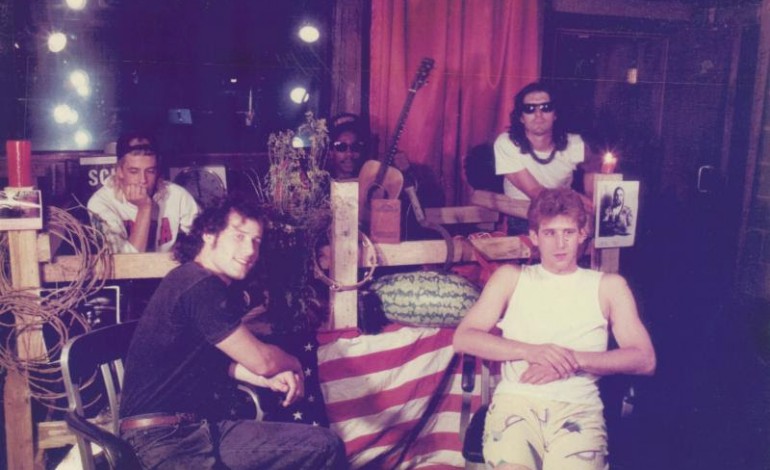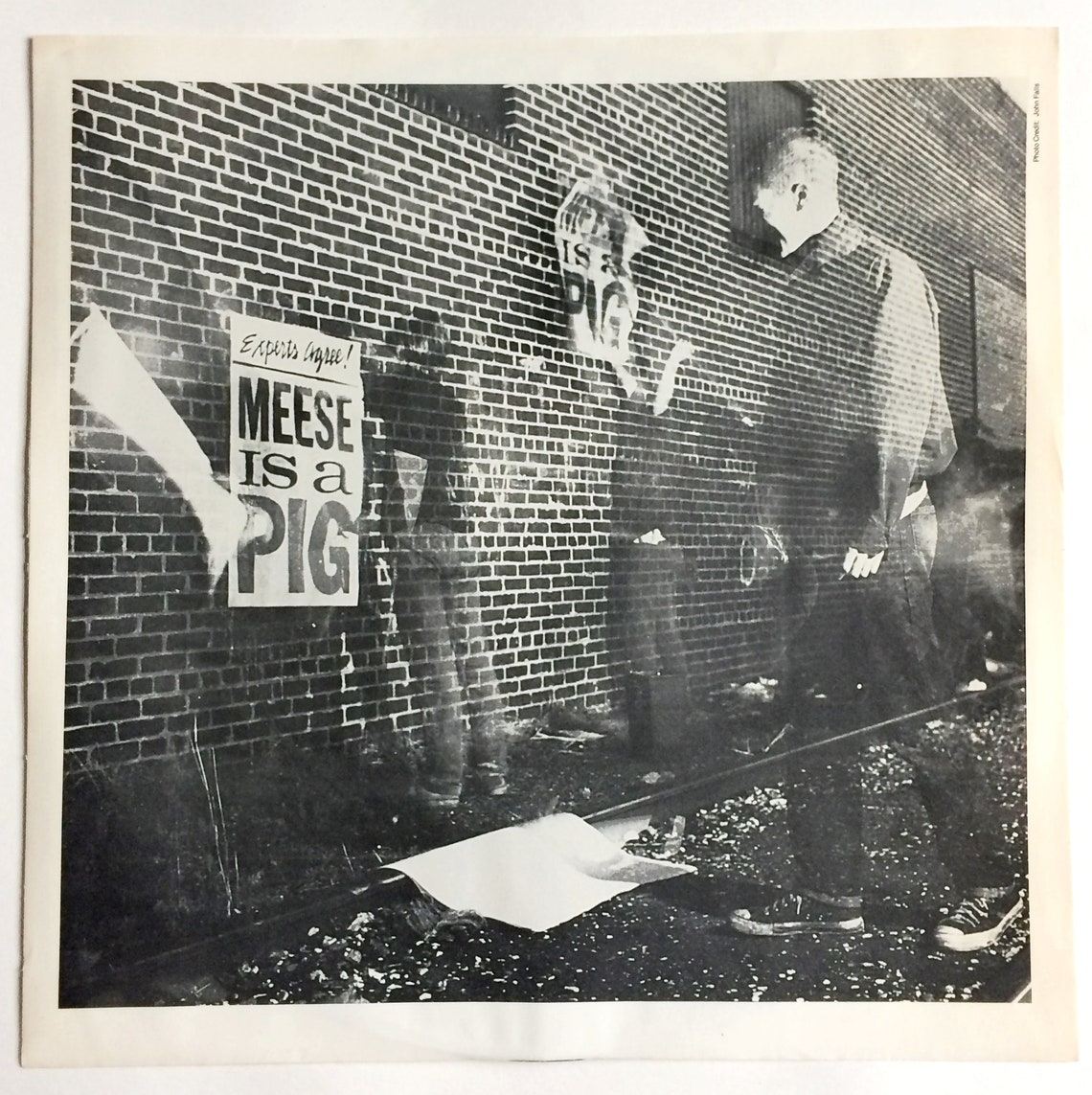


“‘Let’s not look at the government… or what they’re taking away from society… Let’s blame it all on a bunch of horror films’.” “There was a convenient scapegoating of anything terrible happening in the world,” says Bailey-Bond of that era. Enid’s own mind starts to fall apart as fear overtakes her, but the world around her is almost as irrational. The film’s ’80s setting gives Bailey-Bond a fractious backdrop for her horror story. It was also a time of extreme conservatism in government: Margaret Thatcher was prime minister and the country was deeply divided as blame and fear pervaded.

The UK had one of the most conservative censorship bodies.” This was a time when VHS was taking off: as more people than ever could watch films at home, prudish types were “worried children would be taken over by something evil from the TV set”. It made me think, ‘If violent images are meant to make us lose control, what prevents the censor from doing that?’ It was that hypocrisy of thinking, ‘I can watch this, but if you watch it you’re going to go out and shoot someone’.”Ĭensor could have been set at any time, but Bailey-Bond settled on the Video Nasty period because “that era is fascinating and rich when it comes to our relationship with horror. “I was reading an article about Hammer Horror which looked at how film censors worked in that period. “I had the idea for Censor around 2012,” Bailey-Bond tells NME. As Enid obsessively tries to find out more about the film, the line between reality and fantasy starts to blur. These days, many of those films – Evil Dead, Suspiria, Dawn of the Dead – look relatively tame (while some are even considered classics), but at the time it was believed that merely watching them would be enough to warp people’s minds and inspire copycat crimes.Ĭensor follows Enid (BAFTA-nominee Niamh Algar), an apparently level-headed censor who is shaken after she watches a movie that seems to echo the events that led to the disappearance of her sister. This broad group of horror films were ‘banned’ by the British Board of Film Classification for being too obscene for the public. Set in the 1980s, Censor takes place amid the furore over the ‘Video Nasties’. Joining that list of great female horror directors is Prano Bailey-Bond, whose feature debut, Censor, is one of the most striking British horrors in years. That has started to change in the last decade, with directors like Jennifer Kent ( The Babadook), Anna Biller ( The Love Witch), Karyn Kusama ( The Invitation), Alice Lowe ( Prevenge) and Rose Glass ( Saint Maud) making eerie films about women who do much more than scream and cower. Horror films are so often about women, but, historically, horror stories on film have rarely been told by women.


 0 kommentar(er)
0 kommentar(er)
